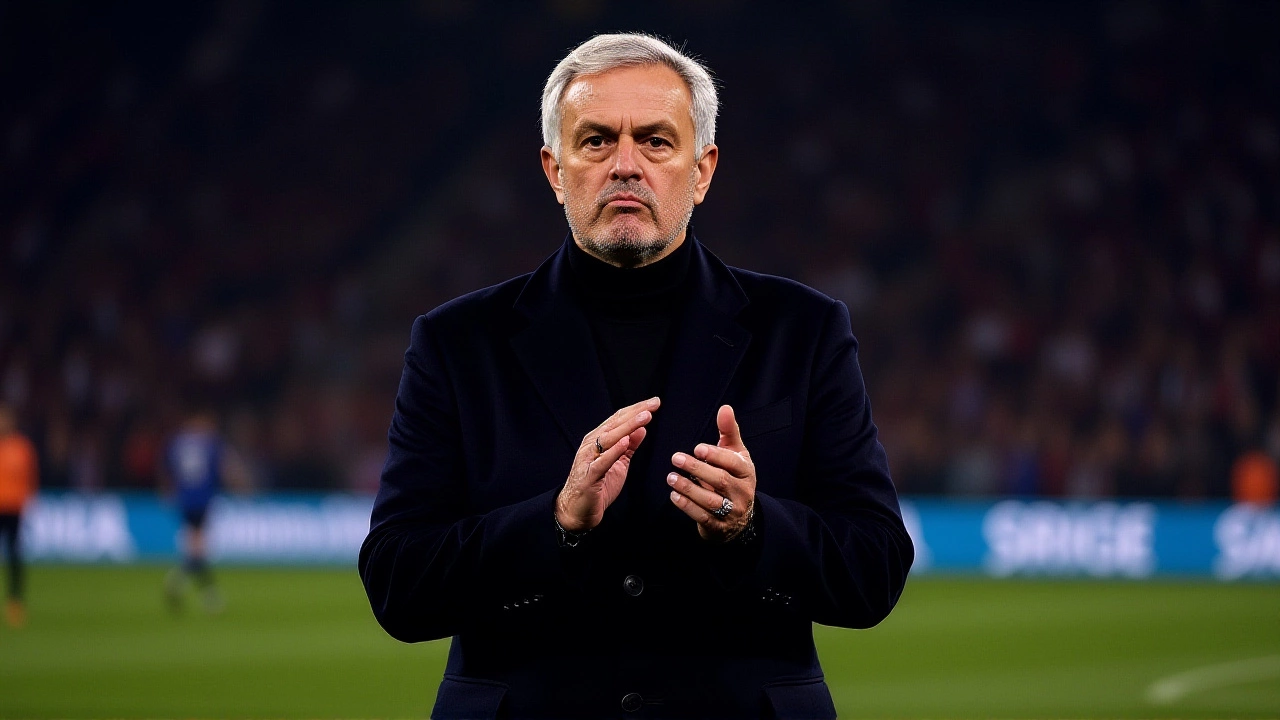Stamford Bridge: The Heart of Chelsea Football
When you think of Stamford Bridge, the historic home stadium of Chelsea Football Club located in Fulham, London. Also known as Chelsea's stadium, it serves as the backdrop for Chelsea FC, a top‑flight Premier League side matches and community events in the Premier League, England’s highest football division. Fans worldwide know Stamford Bridge for its electric atmosphere.
Why Stamford Bridge matters to fans and the game
Built in 1905, Stamford Bridge has seen more than a century of triumphs, defeats, and iconic moments. Its original capacity of 100,000 has been trimmed down to around 41,000 after modern safety standards, but every seat still feels close to the action. The stadium’s architecture blends classic brickwork with sleek modern upgrades – a clear example of how heritage and innovation coexist. This evolution shows the triple: Stamford Bridge hosts Chelsea FC matches, Chelsea FC competes in the Premier League, and the Premier League drives stadium revenue.
Walking onto the pitch on matchday feels like stepping into a living museum. The roar of the crowd, the chant of “Blue is the colour” and the flash of the blue LED lights create a sensory overload that many fans describe as addictive. Ticketing is managed through an online portal that offers season tickets, single‑match tickets, and hospitality packages, each designed to suit different budgets. The stadium’s hospitality suites provide a view of the game plus catering, while the standing terraces preserve the traditional fan vibe.
Stamford Bridge sits on Fulham Road, a short walk from West Kensington and Earl’s Court stations. Excellent tube connections, dedicated bus routes, and cycling lanes mean fans can choose the most convenient way to get there. On game days, the club runs a shuttle service from nearby car parks, easing traffic congestion. These transport links are a key attribute of the venue: easy access maximises attendance and enhances the overall experience.
Beyond football, the venue doubles as a concert arena and community hub. Artists like Beyoncé and Coldplay have performed on its stage, proving the stadium’s acoustic flexibility. Local schools and charities use the facilities for events, reinforcing the stadium’s role as a social cornerstone in West London. This multi‑use capability adds another layer of value, turning the stadium into a year‑round attraction rather than a single‑purpose site.
Regular maintenance is essential to keep Stamford Bridge safe and appealing. The club invests in pitch resurfacing, LED lighting upgrades, and improved seating every few years. A recent £30 million refurbishment introduced a new concourse, upgraded restrooms, and expanded food‑and‑drink outlets. Future plans include a modest expansion of the north stand, aiming to boost capacity while preserving the stadium’s historic silhouette. These projects illustrate how the venue continuously adapts to meet fan expectations and league requirements.
In the broader ecosystem of football stadiums, Stamford Bridge stands out for its blend of tradition and modernity. Compared with newer arenas like the Tottenham Hotspur Stadium, it offers a more intimate atmosphere, while still delivering cutting‑edge amenities. Its proximity to other London venues creates a network where fans can easily attend multiple matches in a single weekend, fostering a vibrant football culture across the city.
Below you’ll find a curated selection of articles that dive deeper into the topics mentioned – from injury updates affecting Chelsea’s line‑up to debates about stadium upgrades and match previews. Whether you’re a lifelong supporter, a casual visitor, or simply curious about how a historic ground operates in today’s game, the collection offers practical insights and fresh perspectives on everything Stamford Bridge.

Chelsea snapped a winless start to the Champions League with a 1‑0 victory over Benfica at Stamford Bridge, while José Mourinho's emotional return ended in an own‑goal defeat.
Read More